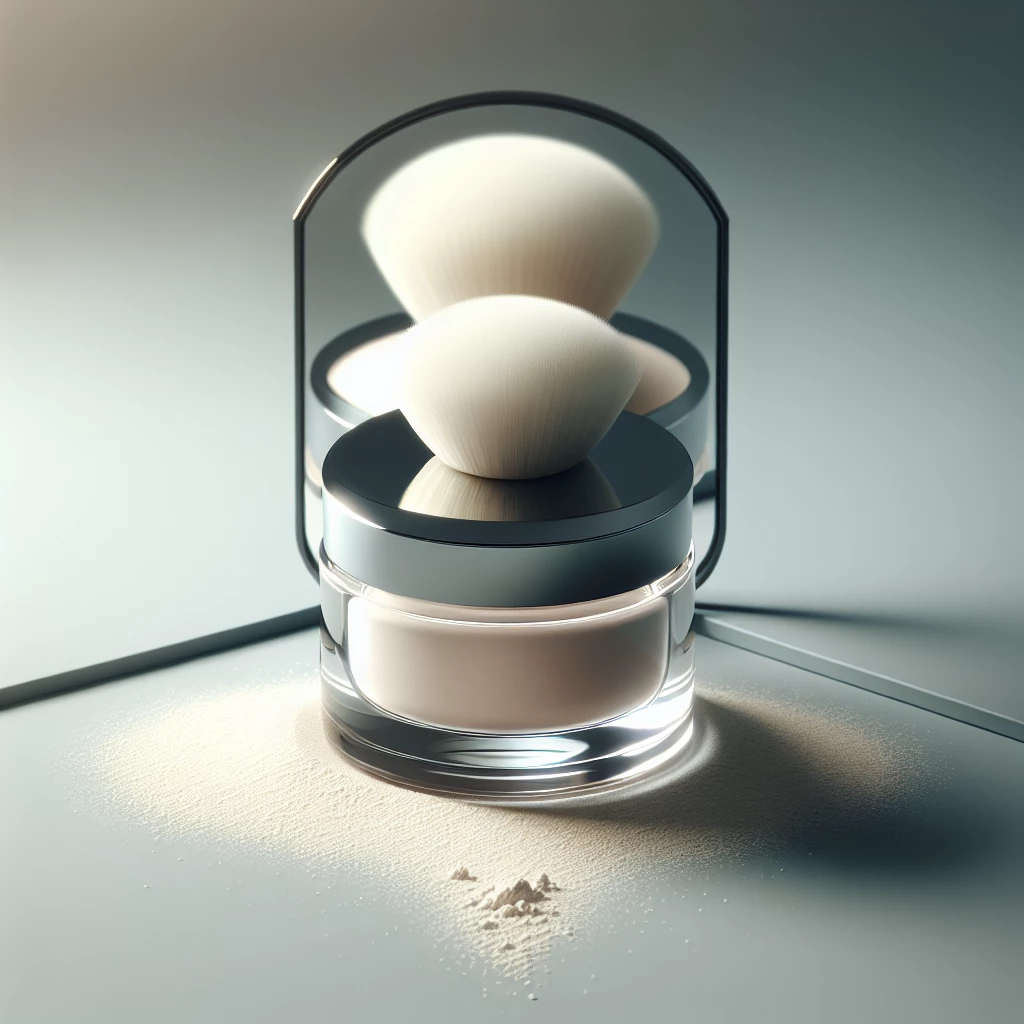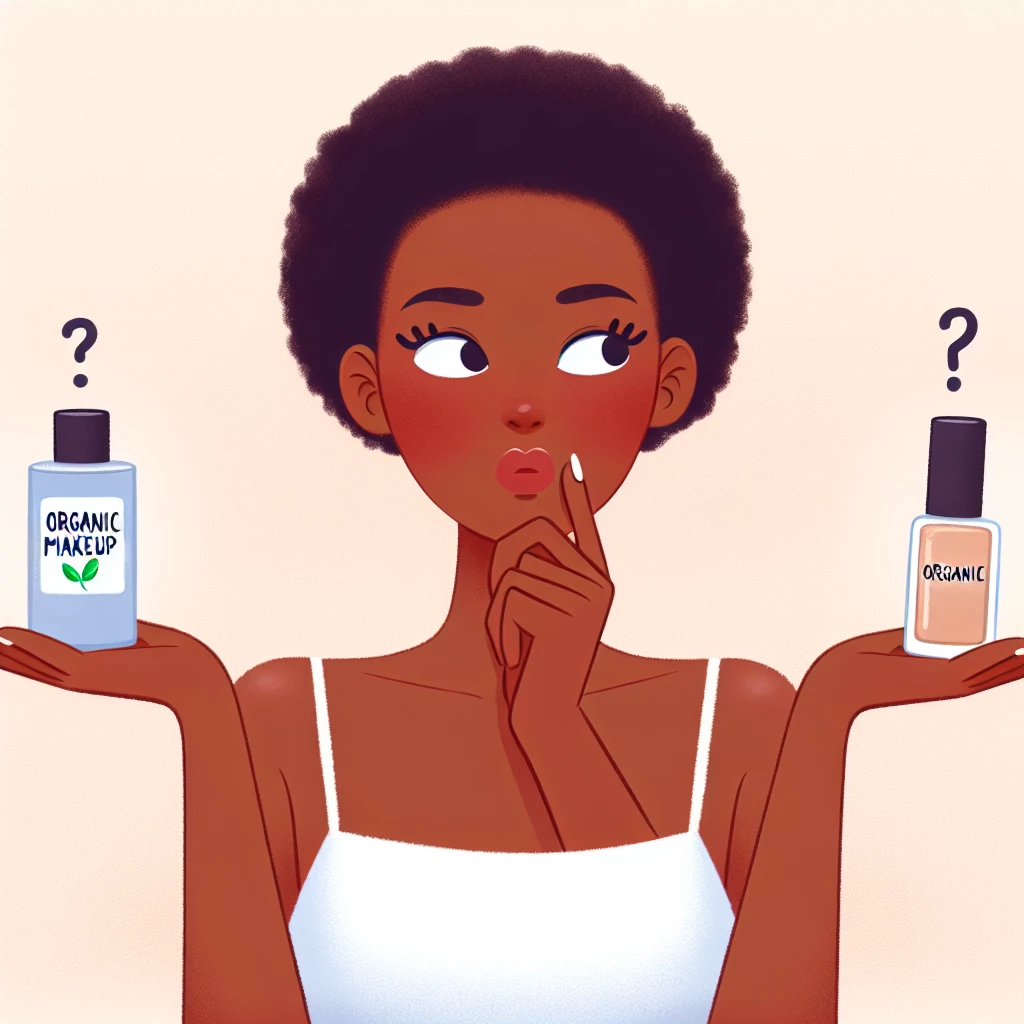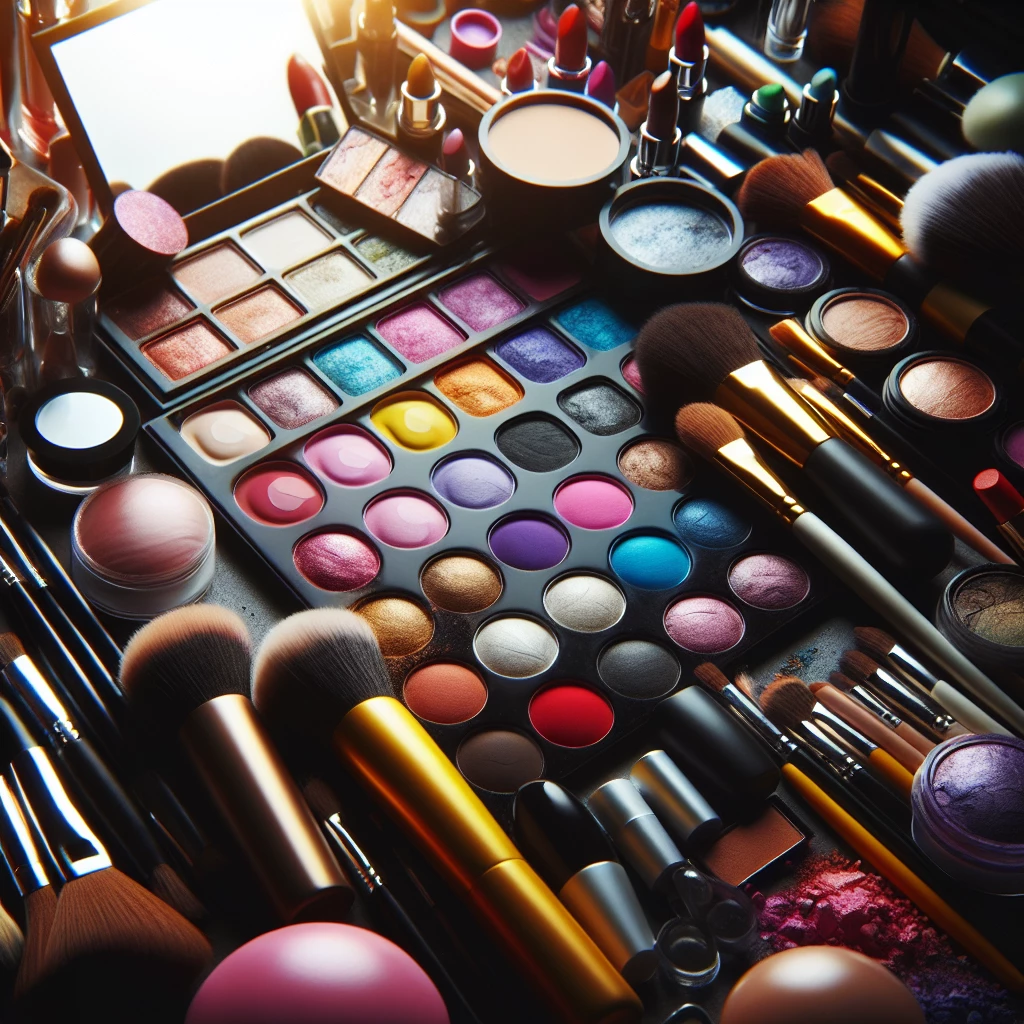Welcome to another insightful article at Makeup Queens. Today, we will embark on an enlightening journey to understanding color theory in cosmetics. Mastering this theory is an essential skill that will allow you to create stunning looks that enhance your natural beauty. As you progress, you'll appreciate how makeup goes beyond mere application, delving into the artistry through the understanding of colors. Let's set the stage by exploring what color theory is and why it's a critical part of your makeup routine.
Understanding Color Theory
Color theory is the science and art of using colors. It explains how we perceive color, how they interact together, and the messages they create. In the context of cosmetics, understanding color theory can revolutionize your beauty regimen. The right colors can enhance your natural complexion and features, creating a balanced and harmonious look.
The color wheel, with primary (red, blue, yellow), secondary (green, orange, purple) and tertiary colors, is the heart of color theory. Learning how to use this tool is vital in choosing the right makeup colors for your complexion.
The key to mastering color theory in makeup is understanding the different aspects of color: hue (the color itself), value (how light or dark it is), and saturation (how vibrant or dull it is).
The Importance of Undertones
Understanding your undertone can significantly enhance your makeup application skills. This refers to the cool, warm, or neutral tones underneath your skin's surface. Your skin's undertone affects how certain colors look on you and is a key factor when choosing makeup shades.
Cool undertones are pink, red, or blue, Warm undertones are golden, yellow, or peachy, and Neutral is a mix between the two. Knowing your undertone can be the difference between a foundation that blends seamlessly and one that looks off.
Determining your undertone may involve looking at the color of your veins or how your skin reacts in the sun. Once you know your undertone, applying your knowledge of color theory becomes easier and more effective.
Color Theory for Eye Makeup
Understanding color theory can help enhance your eye makeup game. For example, complimentary colors, those that are opposite each other on the color wheel, can make each other appear brighter, great for making your eye color pop.
Mono-chromatic looks, using shades within the same color family, can also create striking effects. Using color theory, you can create numerous variations of eye makeup looks.
Remember, practice makes perfect. The more you experiment with different colors and take note of the results, the more confident and skilled you'll become in using color theory in your eye makeup routine.
Color Correction with Makeup
With color theory's understanding, you can camouflage imperfections in a natural-looking way. For instance, green can neutralize redness, purple can brighten sallow tones, and yellow can correct dark circles.
Before applying foundation, a corrective primer or concealer can do wonders to balance out your skin tone. However, less is more – you don't want the color-correcting makeup to show through your foundation.
Becoming skilled in color correction can take time and practice, but the results are well worth it. Understanding color theory can improve your makeup game immensely.
Bringing Everything Together
Understanding the color theory in cosmetics can turn a makeup hobbyist into a makeup queen. Knowing what colors enhance the others and which complement your skin tone can enhance your natural beauty, making you feel confident and look great.
Learning about color theory involves a lot of trial and error, and that's okay! The most important thing is that you're learning and growing your skills.
Ultimately, makeup is a form of self-expression. Use color theory as a guide, but remember that the rules are there to be broken. Feel free to experiment and create looks that make you feel beautiful.
Understanding color theory in cosmetics can truly transform your makeup routine. It equips you with the knowledge to select the right shades for your skin undertone, enhance your natural features, and correct imperfections. While it takes practice to perfect, the reward is an enriched beauty regimen capable of harnessing the power of color. So pick up your brush, tap into your palette, and begin experimenting – the world of color awaits you in your makeup bag.

Transform with Translucent Powder
Learn how to use translucent powder to set your makeup and control oil for that flawless finish.

Organic Makeup: Is It Worth It?
Discover the pros and cons of organic makeup, and decide if it’s the right choice for you.

Battle of the Brands: Makeup Comparison
In-depth comparison of popular makeup brands to help you make the best choice for your skin.

Creating a Classic Winged Eyeliner
Master the classic winged eyeliner look with our step-by-step guide.
